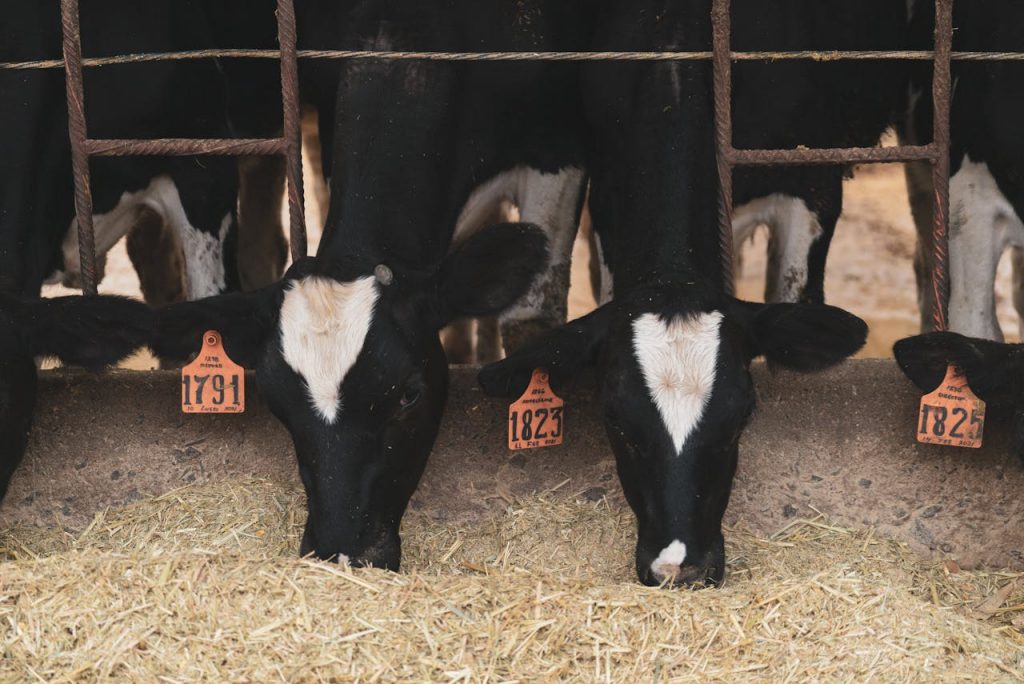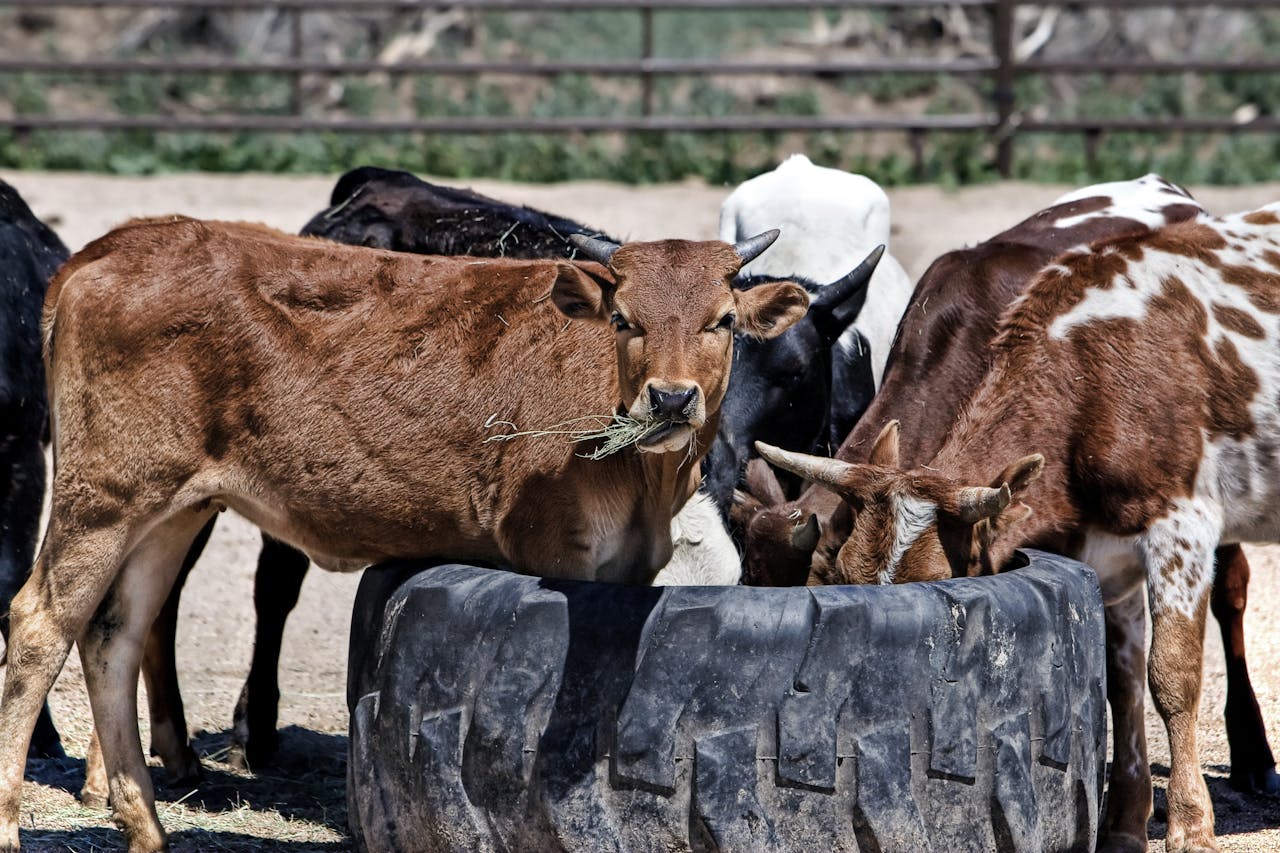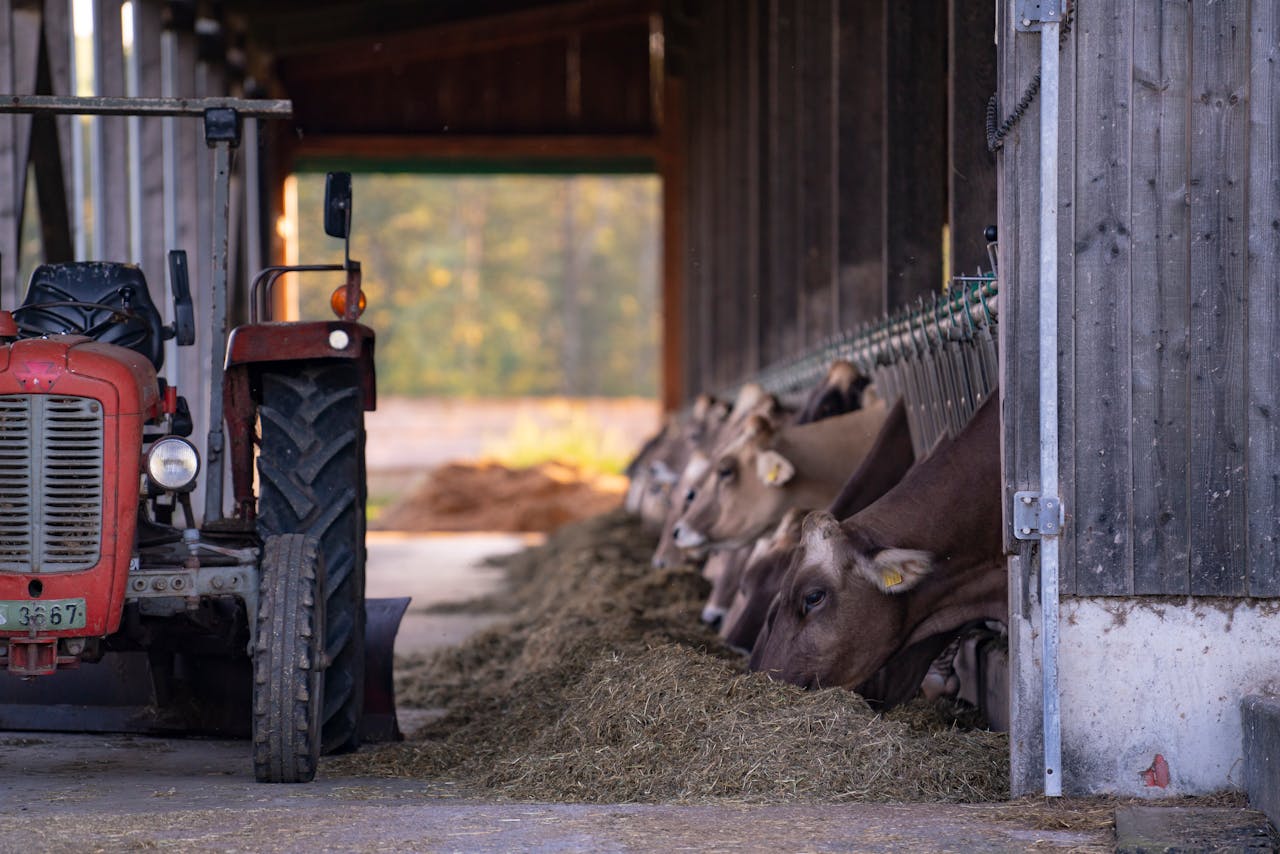Engaging Introductions: Capturing Your Audience’s Interest
When discussing climate change, carbon dioxide (CO₂) often takes center stage. However, methane (CH₄), a lesser-known but far more potent greenhouse gas, is rapidly becoming a major concern for environmentalists and policymakers. Although it exists in smaller quantities compared to CO₂, methane is 25 times more effective at trapping heat in the atmosphere over a 100-year period. This makes its impact on global warming disproportionately high, despite its shorter atmospheric lifespan of about 12 years.
Sources of Methane Emissions
Methane is released from both natural and human-induced sources. Some of the primary contributors include:
- Livestock Farming: Ruminant animals like cows, sheep, and goats produce methane during digestion through a process called enteric fermentation. Livestock farming alone accounts for nearly 40% of global methane emissions.
- Agriculture and Rice Cultivation: Paddy fields create an oxygen-deprived environment, leading to methane production by microbes in the soil.
- Landfills and Waste Management: Organic waste decomposing in landfills releases significant amounts of methane into the air.
- Oil, Gas, and Coal Industries: Methane is a major component of natural gas and is often released during extraction, transport, and processing of fossil fuels.
- Wetlands and Natural Sources: Wetlands contribute naturally to methane emissions, but human activities are accelerating their impact.
How Methane Contributes to Climate Change
Methane is a powerful greenhouse gas that absorbs heat and contributes significantly to global warming. Here’s how it affects our climate:
- Accelerated Global Warming
Methane traps more heat per molecule than CO₂, leading to rapid temperature increases. This intensifies extreme weather patterns, including heatwaves, hurricanes, and prolonged droughts. - Melting Ice and Rising Sea Levels
The Arctic is one of the most methane-sensitive regions. As temperatures rise, permafrost melts, releasing large amounts of methane stored underground for thousands of years. This triggers a dangerous feedback loop, further accelerating climate change. - Air Pollution and Public Health Risks
Methane contributes to the formation of ground-level ozone, a key component of smog. This leads to respiratory diseases, reduced crop yields, and ecosystem damage. Studies show that methane-related air pollution is responsible for over a million premature deaths annually worldwide. - Negative Impact on Agriculture and Food Security
Climate change caused by methane emissions disrupts global agricultural patterns. Rising temperatures and erratic weather conditions result in reduced crop yields, increased food prices, and economic instability for farmers. - Harming Biodiversity and Ecosystems
Increased methane levels lead to ocean acidification and habitat destruction, endangering species across ecosystems. Coral reefs, which support marine biodiversity, are particularly vulnerable to methane-induced climate shifts.
Urgent Need for Action
Reducing methane emissions is one of the fastest ways to slow climate change in the short term. Strategies include:
✅ Sustainable Livestock Management: Using methane-reducing feed additives (such as AmritFeed), improving animal diets, and adopting better manure management practices.
✅ Waste Reduction: Implementing efficient waste management and reducing landfill emissions through composting and recycling.
✅ Clean Energy Solutions: Reducing reliance on fossil fuels and investing in renewable energy sources like solar, wind, and biogas.
✅ Better Agricultural Practices: Encouraging sustainable rice farming and alternative water management techniques.
Conclusion
Methane is a hidden but powerful driver of climate change. While its effects are alarming, the good news is that reducing methane emissions can bring immediate and significant benefits. By embracing sustainable livestock feed solutions, waste reduction strategies, and clean energy alternatives, we can work toward a cooler, healthier, and more sustainable planet.


